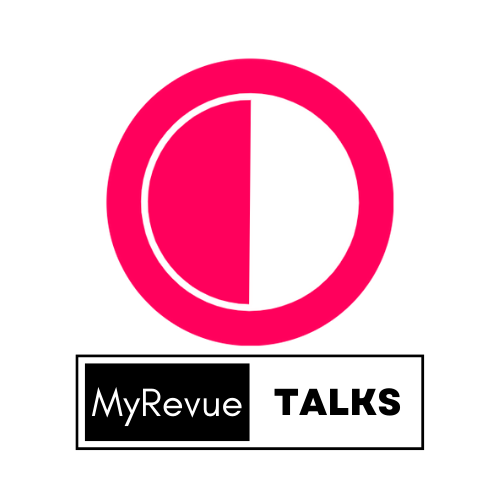How User-Generated Content is The Social Proof for Brands?
User-generated content (UGC) serves as powerful social proof for brands, providing evidence of customer satisfaction, product qual

Written by Shivangi
Updated on 05/07/2023
<p class="MsoNormal">User-generated content (UGC) serves as powerful social proof
for brands, providing evidence of customer satisfaction, product quality, and
overall brand value. Here's how UGC acts as social proof for brands:<o:p></o:p></p><p class="MsoNormal"><br></p>
<p class="MsoNormal">Authenticity and Trust: UGC is seen as more authentic and
trustworthy compared to brand-generated content. When customers share their
experiences, opinions, and testimonials through UGC, it carries a higher level
of credibility. Other potential customers perceive UGC as unbiased feedback
from real people who have interacted with the brand. This authenticity builds
trust and confidence in the brand, acting as social proof of its value.<o:p></o:p></p><p class="MsoNormal"><br></p>
<p class="MsoNormal">Peer Recommendations: UGC represents peer recommendations
and influences purchase decisions. When potential customers come across UGC,
they see it as recommendations from individuals who have already used and
benefited from the brand's products or services. This peer-to-peer endorsement
carries significant weight and can influence others to trust and choose the
brand, based on the positive experiences shared through UGC.<o:p></o:p></p><p class="MsoNormal"><br></p>
<p class="MsoNormal">Emotional Connection: UGC helps create an emotional
connection between the brand and its audience. When customers share their
stories, photos, videos, or testimonials through UGC, it resonates with others
who can relate to those experiences. This emotional connection builds a sense
of belonging and fosters trust in the brand. Potential customers are more
likely to trust a brand when they see others with similar experiences, and this
emotional connection serves as social proof.<o:p></o:p></p><p class="MsoNormal"><br></p>
<p class="MsoNormal">Social Validation: UGC provides social validation for a
brand. When potential customers see others sharing their positive experiences
with a brand, it validates the brand's reputation and quality. It reinforces
the idea that choosing the brand is a popular and accepted choice among others,
which can alleviate concerns or doubts and provide the confidence needed to
make a purchase decision.<o:p></o:p></p><p class="MsoNormal"><br></p>
<p class="MsoNormal">Variety of Perspectives: UGC represents a variety of
perspectives and experiences from different customers. This diversity of
content showcases that the brand caters to a broad audience and satisfies
different needs and preferences. Potential customers can find UGC that aligns
with their specific requirements or situation, reinforcing the social proof
that the brand is capable of meeting their expectations.<o:p></o:p></p><p class="MsoNormal"><br></p>
<p class="MsoNormal">Visual Impact: UGC often includes visual elements such as
photos and videos, which have a strong impact on potential customers. Visual
content is highly engaging and memorable, and when users share their
experiences through visual UGC, it creates a lasting impression. The visual
appeal of UGC enhances its effectiveness as social proof, capturing attention
and influencing others to trust and choose the brand.<o:p></o:p></p><p class="MsoNormal"><br></p>
<p class="MsoNormal">User Engagement: UGC reflects active user engagement with
the brand. When customers take the initiative to create and share content about
a brand, it demonstrates their loyalty and satisfaction. This user engagement
serves as social proof that the brand has a loyal customer base who actively
advocates for its products or services. Potential customers are more likely to
trust a brand that has a community of engaged customers.<o:p></o:p></p><p class="MsoNormal"><br></p>
<p class="MsoNormal">In summary, user-generated content acts as social proof for
brands by providing authenticity, peer recommendations, emotional connection,
social validation, variety of perspectives, visual impact, and evidence of user
engagement. By leveraging UGC, brands can harness the power of social proof to
build trust, credibility, and influence purchase decisions among potential
customers.<o:p></o:p></p>
<p class="MsoNormal"><o:p> </o:p></p>
